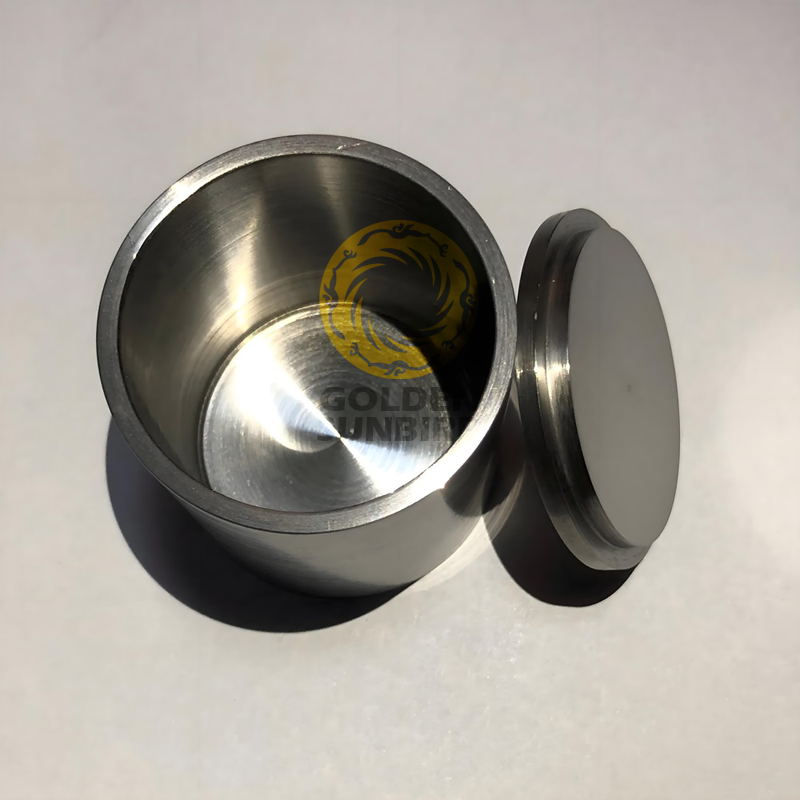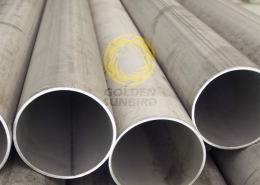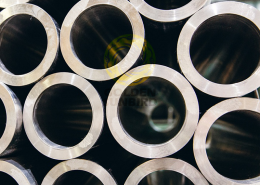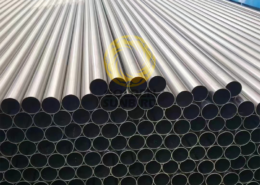Tungsten Crucible
- Tungsten Melting Point: 3422°C (6192°F)
- Tungsten Density: 19.28 g/cm³
- Diameter: 10 – 700mm
- Height: 25 – 900mm
- Wall Thickness: 1 – 30mm
Features
Tungsten Crucible
Tungsten crucible is favored for their exceptional high-temperature properties, making them ideal for crystal growth, high-temperature furnaces, and metallurgical processes. Here are some key aspects and typical dimensions:
Key Properties
High Melting Point: Tungsten has the highest melting point of all metals, at 3422°C (6192°F), which is vital for processes requiring extreme heat.
Low Thermal Expansion: It has one of the lowest expansion coefficients among metals, minimizing shape changes in fluctuating temperatures.
High Density: With a density of 19.28 g/cm³, tungsten is among the heaviest metals.
Chemical Stability: Tungsten is inert to most molten metals and glass, reducing contamination risks.
Dimensions
Diameter: 10 – 700mm
Height: 25 – 900mm
Wall Thickness: 1 – 30mm
Volume: Can range from a few cubic centimeters for lab use to several liters for industrial melting applications.
Applications
Crystal Growth: Like sapphire crystal growth for LED or semiconductor substrates.
Vacuum Metallurgy: Such as melting and casting of superalloys.
High-temperature Sintering: Like powder metallurgy processes for producing dense, high-purity components.
Electron Beam (EB) Melting: For refractory metals, tungsten crucibles are often used as the hearth of the melting system.








